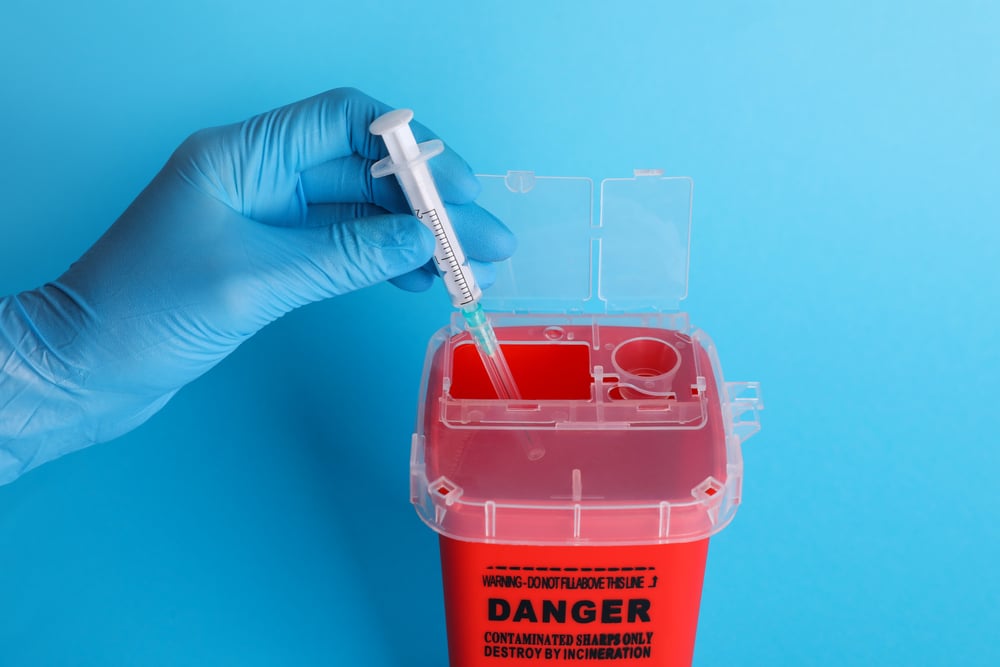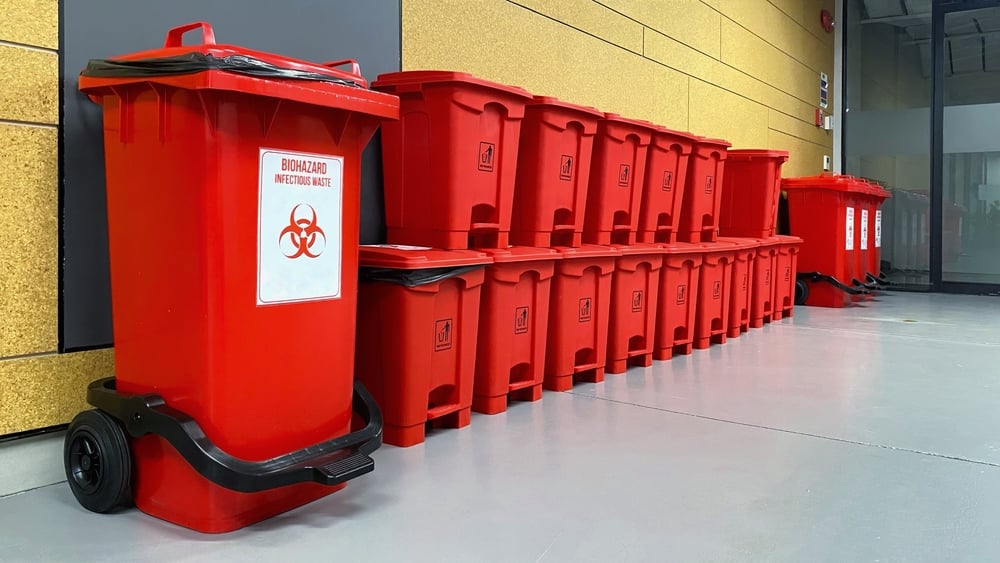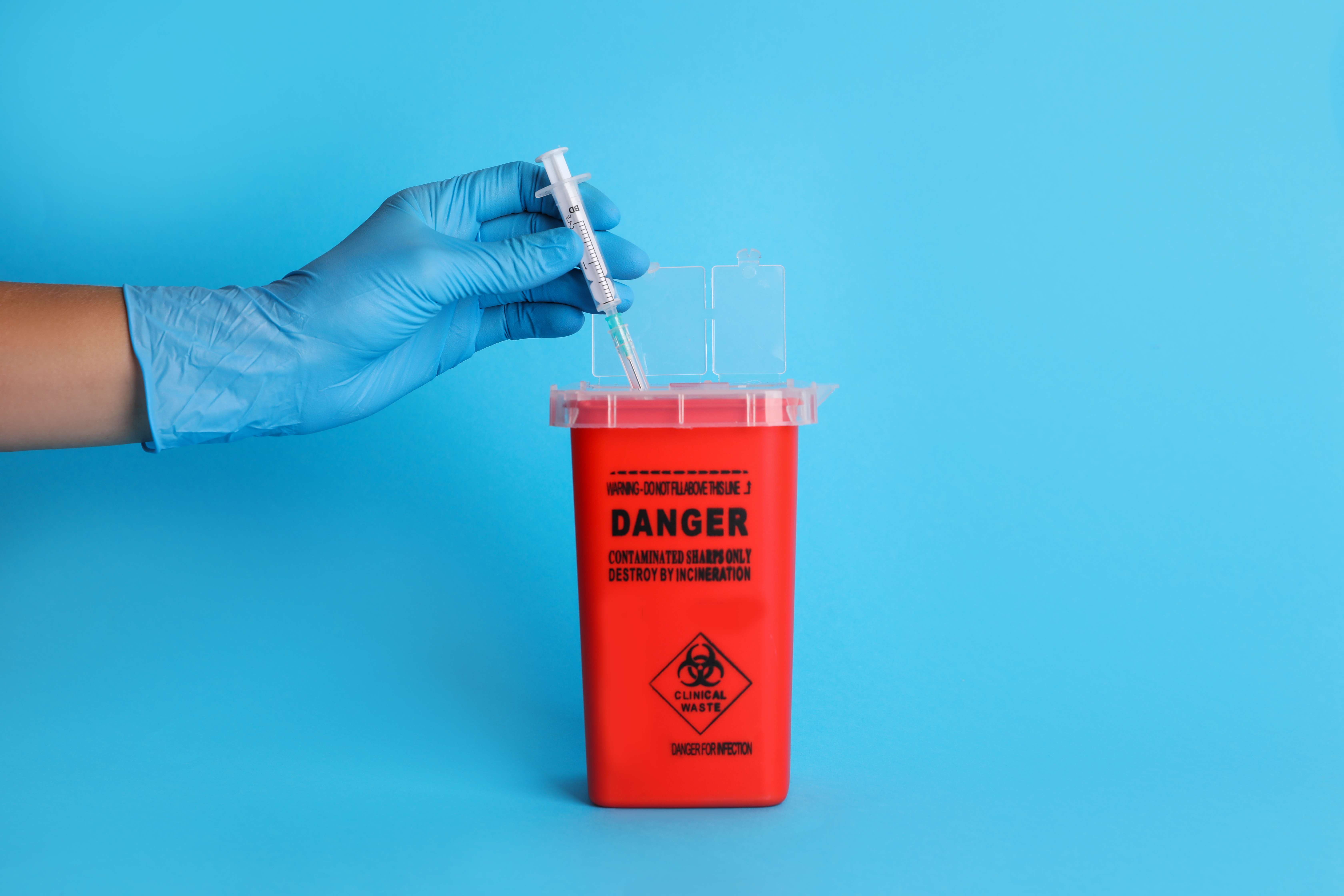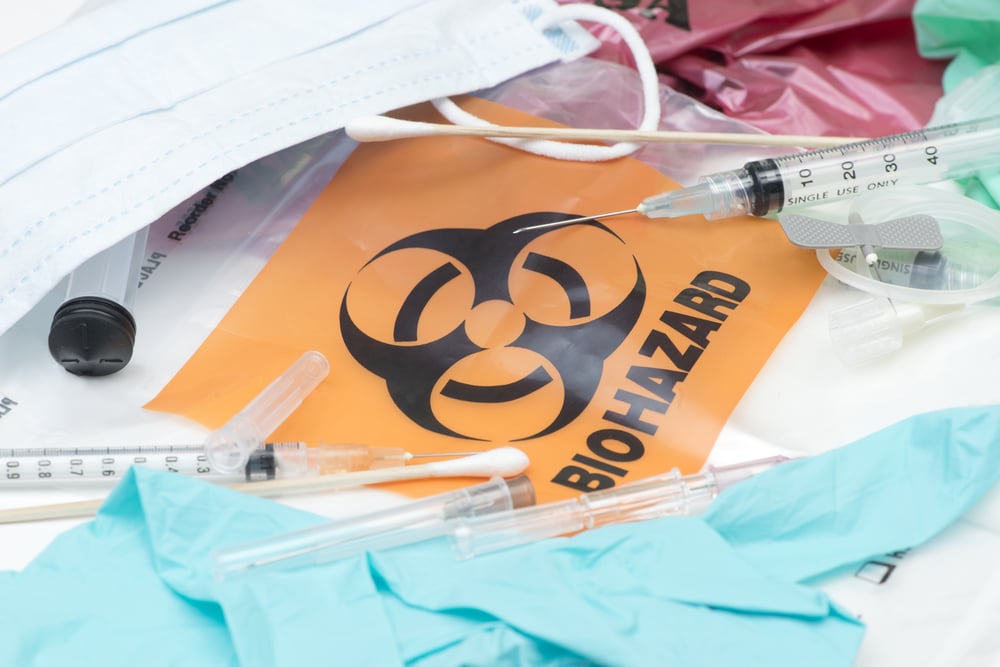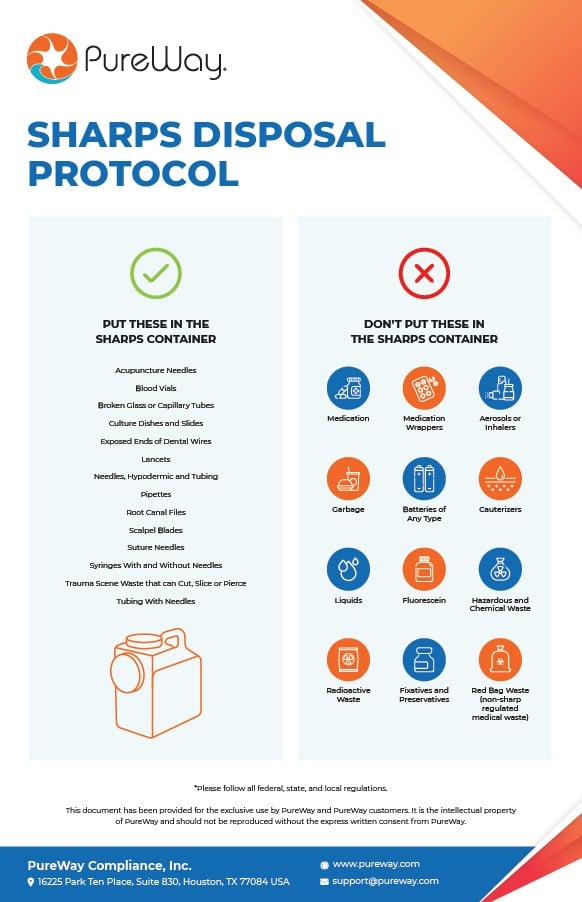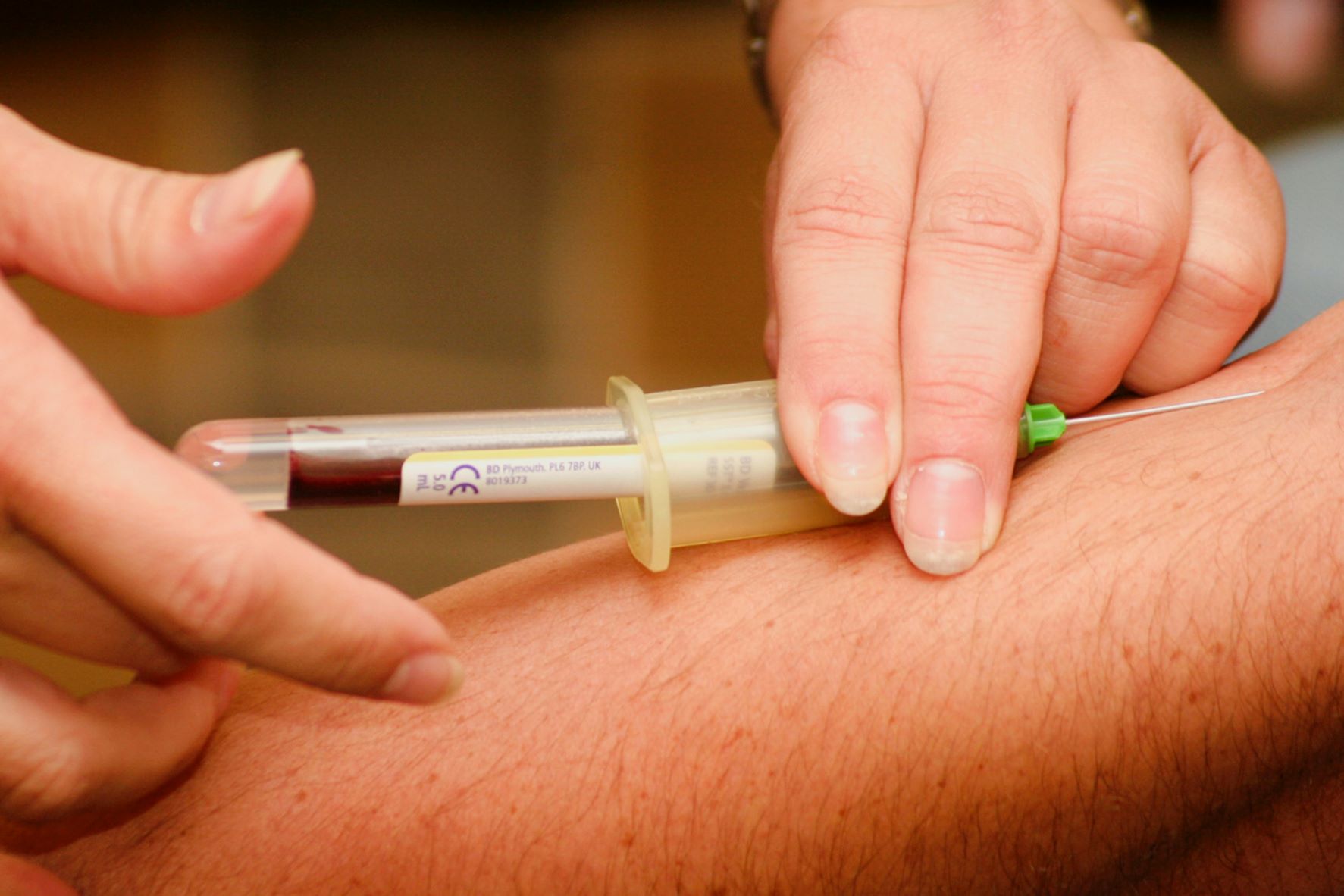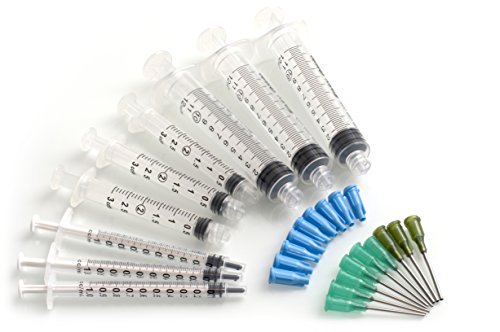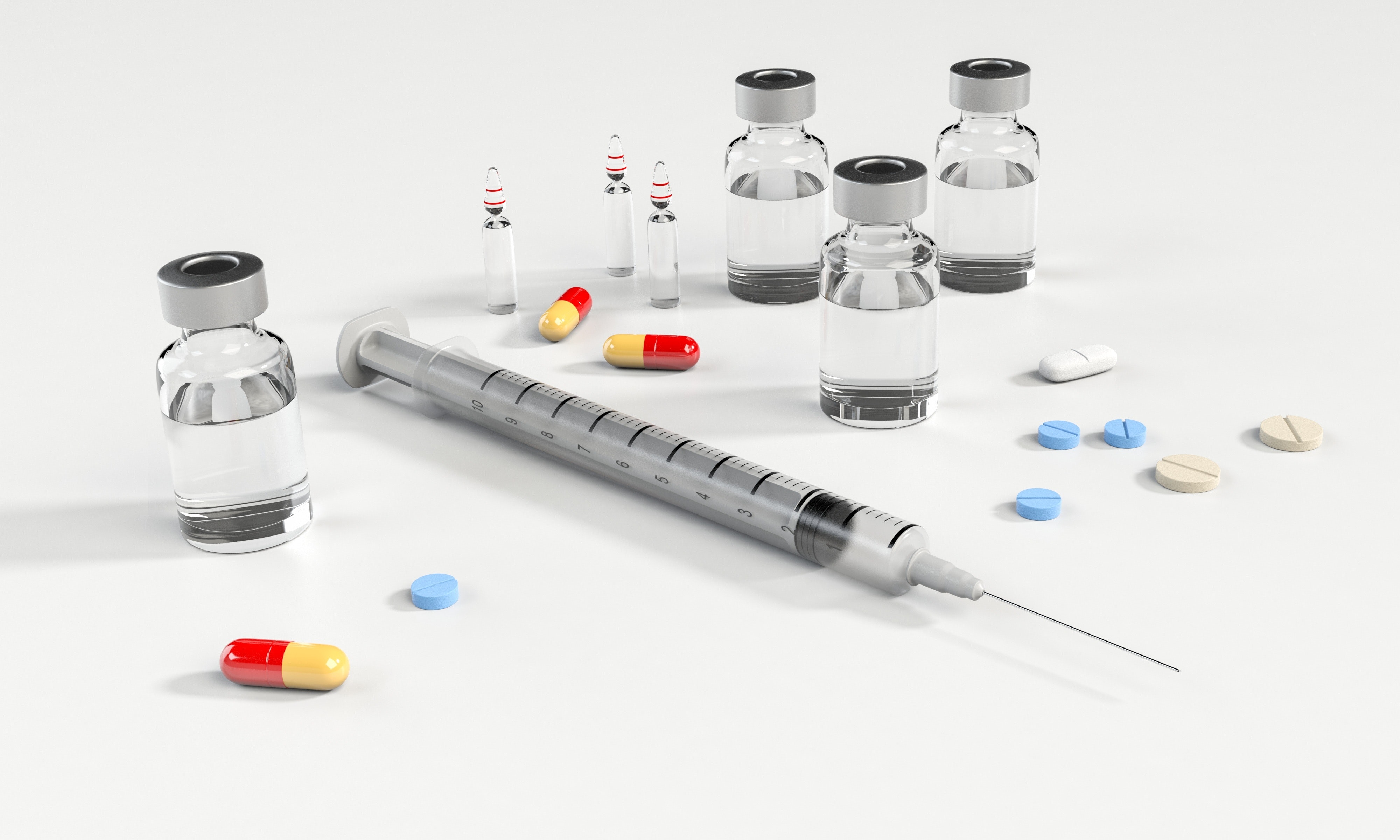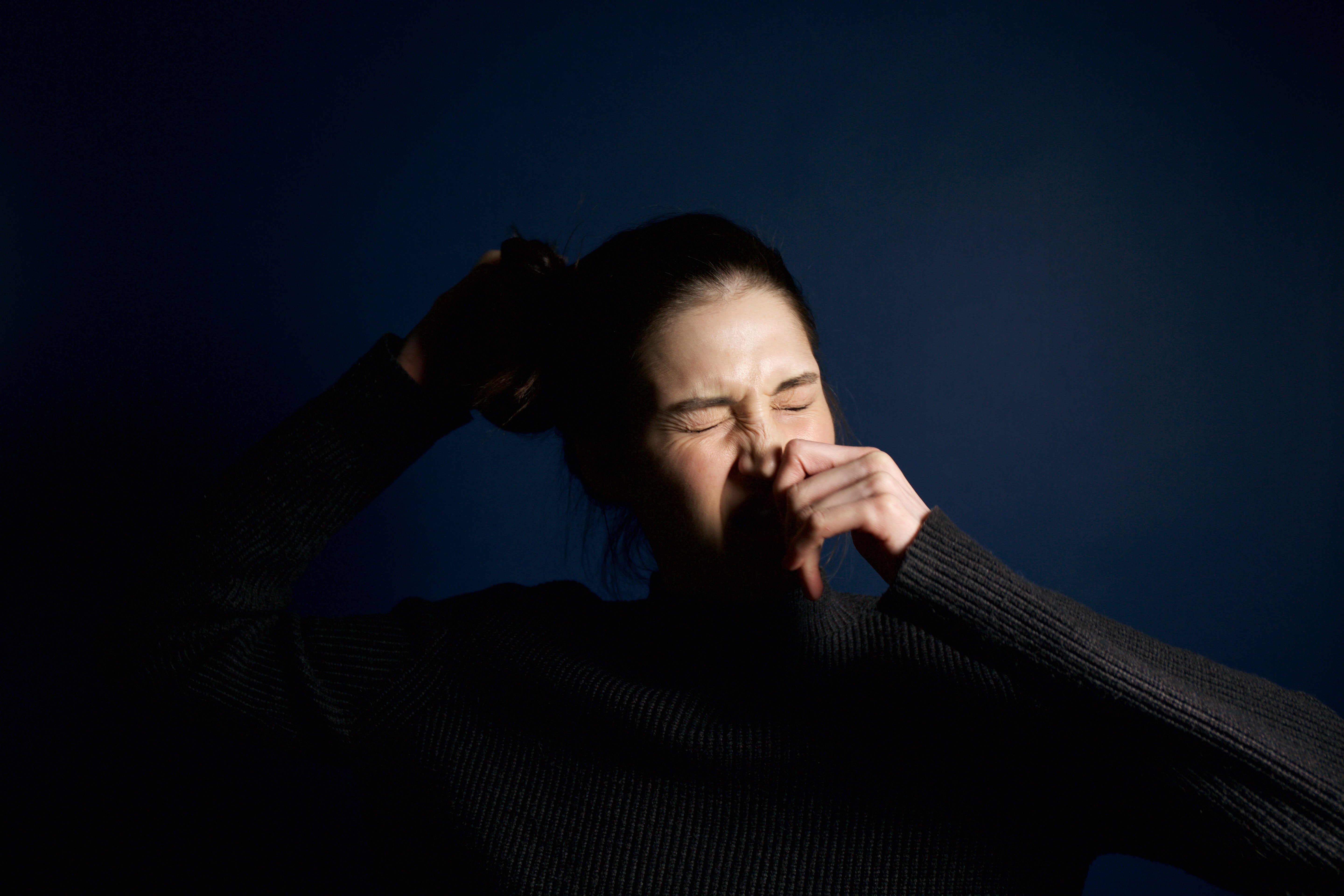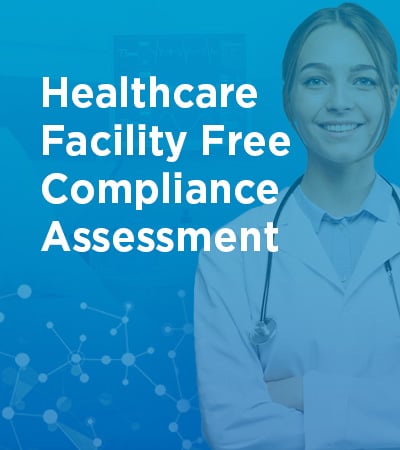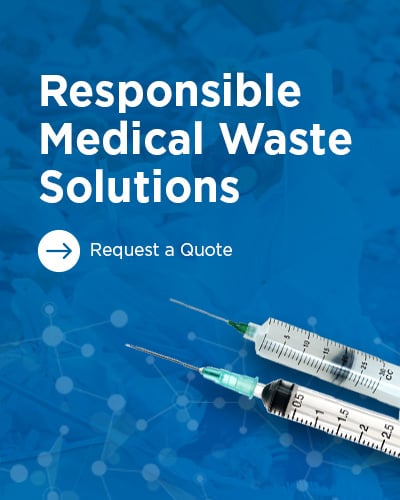A sharps container is a specialized container that stores sharp medical instruments, such as needles, syringes, and lancets. Sharp's containers are usually made of hard plastic with a lid that locks to prevent spills. Some sharps containers also have a secondary locking mechanism to prevent accidental opening. Sharps containers safely store sharp medical instruments until they can be disposed of properly. This helps to ...
Biohazardous waste is any liquid, solid, or container containing infectious materials or potentially infectious substances. Infectious materials are anything with a pathogen, a microorganism that can cause disease in humans or animals. This type of waste can pose a severe health and safety risk to both people and the environment if it is not disposed of properly. Proper biohazardous waste disposal is critical to preventing ...
Healthcare facilities are responsible for sharps container disposal. While there are many ways to dispose of these containers, the most important thing is to ensure that they are properly sanitized before being sent to a landfill or recycling center. The first step in disposing of a sharp container is to remove all of the contents from the container. This includes any needles, razors, or other sharp objects that may be ...
In 2022 as the COVID-19 pandemic continues on, the healthcare industry continues to experience many challenges related to their biohazardous and sharps waste (medical waste). Medical waste poses a serious health risk when left out, improperly contained, or incorrectly disposed of. It is important to be aware and informed about the health risks of medical waste and why proper disposal is essential. Health care waste is ...
Sharps Disposal For Healthcare Facilities Sharps Disposal Sharps Disposal can be confusing and intimidating when safely disposing of sharps at home or a healthcare facility. There are many risks associated with handling used sharps and disposing of them properly. Regulations have been put in place to keep the management and care of sharps as unthreatening as possible; however, many sharps are still being thrown out improperly ...
Biohazardous Waste Disposal Most people don’t consider the importance of Biohazardous waste disposal when it comes to staying healthy. That is mainly because there is a lack of education related to what it is, how it affects us, and who takes care of it. In this article, you will learn about biohazardous waste, how to dispose of it properly, and the risks associated. Let's start with the basics, defining what is Biohazardous ...
Maintaining proper disposal of medical waste is overwhelming. Between labeling, containment, and treatment, this issue has many healthcare facilities stumped as to their next steps in ensuring they are following federal guidelines. In this article we are going to cover: What wastes are considered to be medical waste? Most effective methods of disposal What Wastes are Considered to be Medical Waste? According to the World ...
Europe is on a mission to eradicate HIV/AIDS by 2030. Significant strides have been made in that direction, but the population is still in the midst of an epidemic. Nearly 160,000 new HIV diagnoses were reported in the WHO European Region in 2017, with over 130,000 of those diagnoses occurring in Eastern Europe alone. The European Centre for Disease Prevention and Control (ECDC) and the WHO Regional Office for Europe have ...
More than 100 million adults in the United States are living with the reality of diabetes or prediabetes. According to a report by the Centers for Disease Control and Prevention (CDC), as of 2015, 30.3 million Americans (9.4 percent of the U.S. population) have diabetes, and another 84.1 million have prediabetes. Outside of healthcare facilities, approximately 9 million sharps users will administer at least 3 billion ...
The CDC has confirmed 116 cases of a rare polio-like disease called acute flaccid myelitis (AFM) in the U.S. this year as of the date of this post. Found in 31 states as of Monday, over 90% of the cases involve children under the age of 18. For the most part, those affected were experiencing a mild respiratory illness before contracting the disease. What is AFM? Acute flaccid myelitis affects the nervous system, specifically ...
Category
- sharps disposal (36)
- Medical Waste (35)
- sharps container disposal (33)
- sharps mail back (26)
- Compliance (24)
- Pharmaceutical Waste Disposal (15)
- Safety (15)
- Infection Control (13)
- Dental Practice (12)
- biohazardous waste disposal (11)
- OSHA (9)
- patient support programs (9)
- #GLP1 (8)
- Hazardous Waste (8)
- News (8)
- Universal Waste (8)
- amalgam disposal (8)
- Hazardous Waste Disposal (7)
- amalgam separators (6)
- vet sharps disposal (6)
- amalgam recycling (5)
- dental clinical waste disposal (5)
- Amalgam (4)
- Diabetes (4)
- ECOII Amalgam Separator (4)
- OSHA Training (4)
- Diabetes Mangagement (3)
- News & Regulations (3)
- medication disposal (3)
- quart containers (3)
- surface disinfectant (3)
- veterinary medical waste (3)
- Diabetes Awareness (2)
- Diabetic Kit (2)
- HIPAA (2)
- flu vaccine (2)
- influenze (2)
- BioSURF (1)
- HIPAA Compliance (1)
- HIPAA Law (1)
- HIPAA Violation (1)
- RP Returns (1)
- improving patient experience (1)
- sharps disposal for veterinarians (1)



